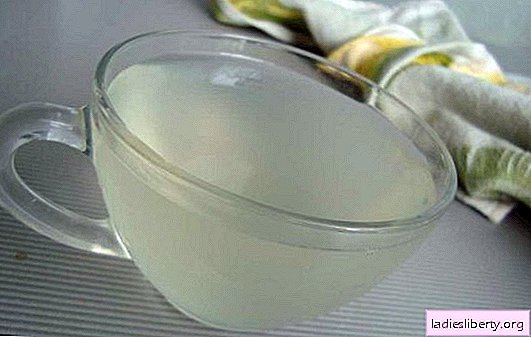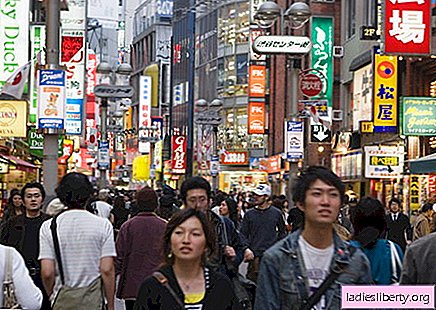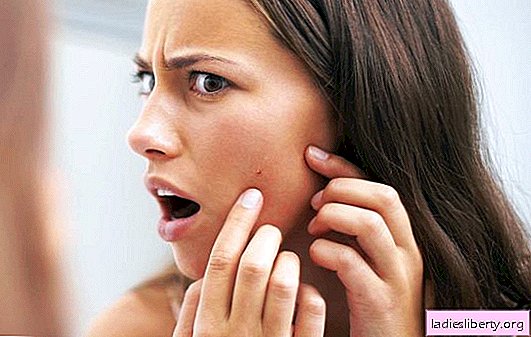
Mycosis is any infectious disease that is caused by parasitic fungi. The fungus can affect parts of the body such as skin, nails, hair, mucous membranes, and also internal organs. Mycosis involves a fungus infection of the skin of the feet, hands, limbs, scalp, onychomycosis, nails.
Mycosis - causes
Mycosis infection is carried out by getting fungal spores into the epidermis, as well as into deeper layers of the skin due to various microtraumas and cracks. First of all, you can get sick by contact with an infected person, as well as through things and objects with which he has dealt, for example, clothes, manicure accessories, shoes and more. In some cases, you can get infected with mycosis when you visit the sauna or pool. Failure to comply with the basic rules of personal hygiene or with increased humidity also contributes to the growth of mycosis.
Mycosis - symptoms
If a new sharp, but very unpleasant odor from the legs appears, then this is one of the symptoms of mycosis. During this disease, itching and peeling between the toes may appear. The skin in this area turns red or turns pale, becomes moist, characteristic vesicles, cracks, and sores appear. Thin, brittle and cloudy toenails are symptoms of mycosis. The surface of the nails may be uneven and striated, and the edge is serrated.
As for the first signs of the appearance of the fungus, the appearance of cracks, rather painful vesicles, and coarsening of the skin can be attributed to this. After that, all the affected areas to some extent soften, whiten, and then peel off in the form of flakes. In some cases, due to bacterial infection, the vesicles on the body can pass into ulcers or sores.
Mycosis - diagnosis
In order to diagnose mycosis, the doctor takes the affected hair, nail plates, as well as scraping from the affected skin. Fungus spores are found in the hair. As for the nails, here are the mycelium.
The doctor examines the affected skin with a special lamp. In addition, a microscopic examination of the skin for the presence of fungus can be used. To identify the type of fungus, cultural diagnostics are carried out using artificial nutrient media.
Mycosis - treatment
During treatment, the doctor prescribes specific potent drugs. At the same time, he can write a prescription for the powder mixture, due to which it is possible to prepare a differentiating solution for the legs.
In very severe cases, the doctor may suggest combination therapy, which includes various kinds of physiotherapeutic procedures and taking special medications inside. If a secondary bacterial infection occurs that can penetrate microcracks and wounds, antibiotics are prescribed for local and systemic use.
Regarding preventive measures, hygiene is highly recommended. For example, in no case should you go barefoot, in particular this applies to the public soul and locker rooms. It is necessary to wear socks every day, having washed it beforehand, and also carefully dry the feet and the spaces between the toes. Shoes should be constantly ventilated between uses.
If the patient visits the pool, then it is imperative that you wash your feet before and after using it. In such rooms it is worth wearing rubber slippers as soon as they come out of the water. In addition to everything else, you need to consult your doctor about what specific preventive measures to use.











